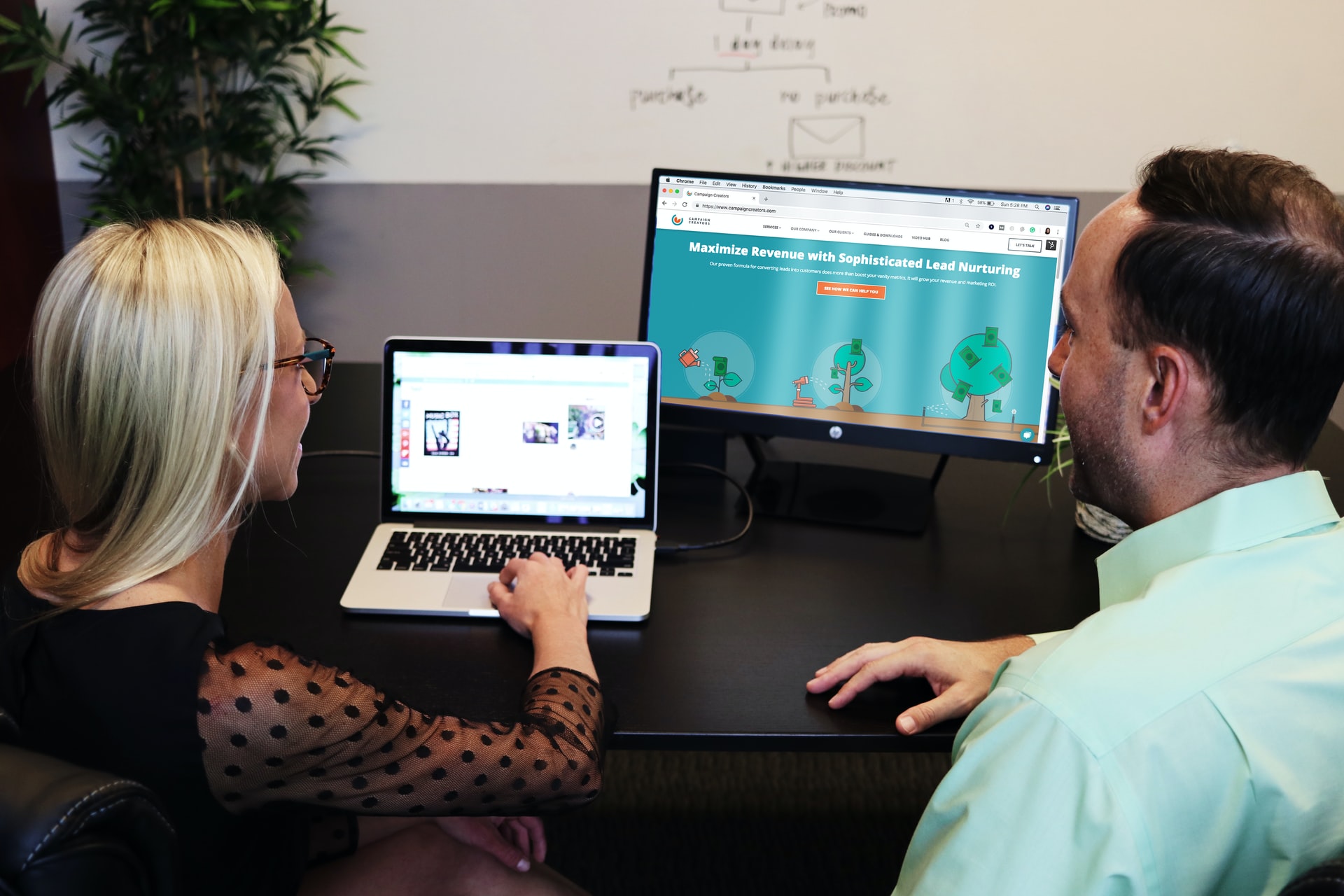Are you looking for ways to teach students not to react violently? If so, keep reading.
1. Provide supervision at all times and in all areas of the school environment.
2. Stop annoying or anxiety-producing situations from happening (e.g., give the student tasks only on their capacity and ability level, give the student only the number of tasks that can be tolerated in one sitting, lessen social interactions that encourage the student to demonstrate involuntary physical reactions, etc.).
3. Make sure you are regularly in proximity to the student.
4. Teach and urge the student to use problem-solving skills: (a) find the problem, (b) find goals and objectives, (c) create strategies, (d) create a plan of action, and (e) carry out the plan.
5. Give an environment that is calm, consistent, and structured.
6. Give the student a predetermined signal if they begin to exhibit unacceptable behavior.
7. Make sure that positive reinforcement is not inadvertently given for unacceptable behavior(e.g., answering the student when errors are made, answering the student when they feign a need for help, etc.).
8. Urge the student to practice self-control learning activities designed to let the student compose themselves before continuing a learning experience (e.g., placing hands on desk, sitting with feet flat on the floor, making eye contact with the instructor, etc.).
9. Give the student a quiet space to work when involuntary physical reactions happen. This should not be used as punishment but as a way of helping the student be more successful in their surroundings.
10. Take the student away from the learning experience until they can demonstrate appropriate behavior and self-control.
11. Make sure the student does not become involved in overstimulating learning activities.
12. Teach the student acceptable ways to express displeasure, anger, frustration, etc.
13. Do not force the student to interact with others.
14. Consider using a classroom management app. Click here to view a list of apps that we recommend.
15. Consider using an adaptive behavior management app. Click here to view a list of apps that we recommend.
16. Consider using Alexa to help the student learn to behave appropriately. Click here to read an article that we wrote on the subject.
17. Click here to learn about six bonus strategies for challenging problem behaviors and mastering classroom management.
18. Consider using a socio-emotional learning app. Click here to view a list of apps that we recommend.
19. Consider using an emotional intelligence app. Click here to view a list of apps that we recommend.
20. Consider using a school counseling app. Click here to view a list of apps that we recommend.





